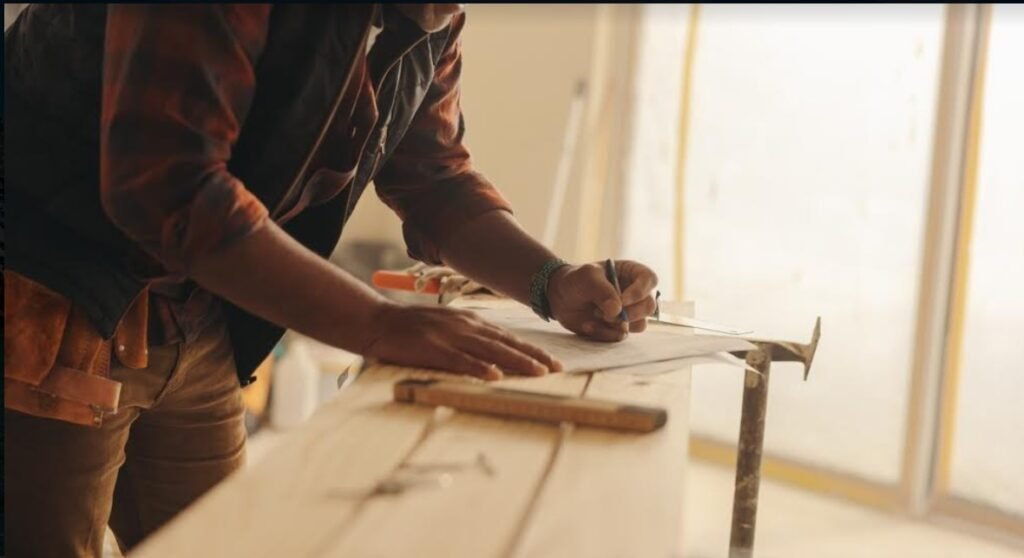If you’re looking for a way to personalize your home, you can’t go wrong with building your own furniture. As well as adding a unique touch to your space, this allows you to learn a valuable craftsmanship skill that’s both enjoyable and cost-effective. Anyone can build furniture; it’s not a case of going through complex IPAF training or studying. Instead, it’s about following step-by-step guides and being patient. When you’re a complete beginner, starting completely from scratch can feel overwhelming. That’s where this blog post comes in to guide you through the process.
Start Small and Simple
When you’re just starting out in your furniture-building journey, it’s a good idea to start with smaller, less complicated projects. This might include side tables, bookshelves, or stools, as these are ideal for practicing woodworking basics. These basics include measuring, cutting, and assembling. With the help of simple designs, you’re able to master essential skills without getting bogged down by complicated techniques. Then, once you develop your confidence, you can progress to larger and more intricate pieces.
Plan Your Project Thoroughly
Before you start doing any chopping, planning is key. You must first decide exactly what piece of furniture you want to build and then create or find a design that suits your space and skill level. There are plenty of online resources out there that provide free plans for beginners, including measurements and material lists. You’ll need to make sure your design has all the necessary dimensions and specifications; otherwise, you may encounter mistakes later down the line.
Invest in the Right Tools
You need the right tools when it comes to building furniture. This isn’t to say that you need to buy every tool on the market; instead, just make sure you have the following essentials to guarantee accuracy and safety:
- Tape measure
- Handsaw or power saw
- Power drill
- Clamps
- Screwdrivers
- Square and level
As you become more experienced, you can then start to expand your collection and bring in advanced tools like a router or table saw. This is without mentioning the importance of safety glasses, dust masks, hearing protection, and other safety equipment when using power tools.
Master Measuring and Cutting
There’s a golden rule in woodworking – “measure twice, cut once”. It’s not uncommon for people to make measuring mistakes, so these can be avoided by double-checking your measurements before making any cuts. All pieces should be square, accurate, and straight, as accurate cuts lead to tighter joints and a better-finished product.
Particularly when you’re using a hand saw or circular saw, it’s important that you mark your lines clearly with a pencil. Make sure you cut slowly and steadily and let the saw do the work rather than forcing it. In fact, when you force it, this can lead to splintering and uneven cuts.

Perfect Your Joints
The way in which the joints fit together will determine how strong a piece of furniture is. There are multiple types of joints you can use depending on your project, including the following:
- Butt joints
- Dovetail joints
- Mortise and Tenon
Whenever you attach pieces together, make sure you use wood glue as well as screws and nails to reinforce the joint. Clamps are vital for holding parts in place while the glue is drying, as this guarantees a secure bond.
Sanding and Finishing
If you want your furniture to look professional, you need to sand away any rough edges once it’s assembled. This then prepares it for staining or painting, which is also important for creating a professional finish. Whether you’re after a natural or colorful look, it’s the finishing that will bring this vision to life.

















